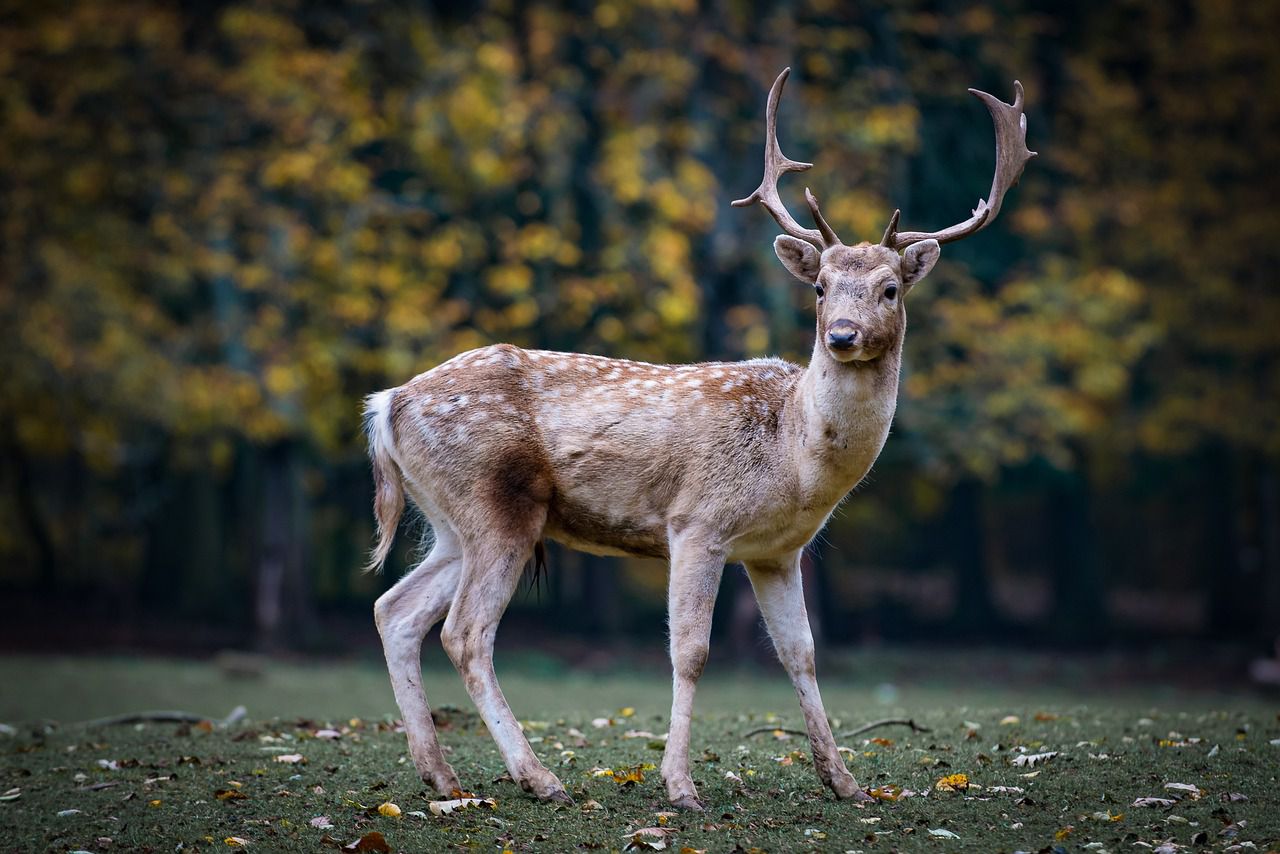Deer are known for being very shy and careful animals who prefer to run away every time they suspect danger.
At the same time, they can literally "freeze" when they see vehicles, creating potentially dangerous situations for both themselves and drivers.
Let's find out, why.

Camouflage and immobility
Deer have evolved to rely on their natural camouflage and ability to remain motionless to avoid detection by predators.
When they freeze in the presence of a perceived threat, their instinct is to blend in with their surroundings and minimize the chances of being noticed.
Predatory response inhibition
Deer have a natural "flight or fight" response to danger.
However, freezing is a form of self-defense known as "predatory response inhibition."
By freezing, deer aim to reduce the likelihood of attracting attention and triggering the chase instinct of potential predators.
Lack of familiarity with vehicles
In natural environments, deer are not accustomed to encountering fast-moving vehicles.
They may not recognize cars as threats or understand the potential dangers associated with them.
As a result, their instinctive response is to freeze rather than taking evasive action.
Sensory overload
When deer encounter a vehicle, they may experience sensory overload due to the unfamiliar sights, sounds, and movements.
This overload can momentarily overwhelm their decision-making process, causing them to freeze as a default response.













